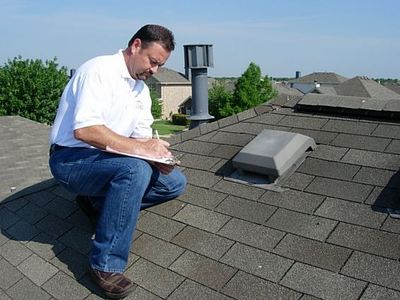

How to Check the Condition of Your Roof in Six Steps
Professionals advise that all homeowners should have a full inspection to check the condition of their roof as soon as the winter season is over. “The best way to properly identify and prevent roof system failures is through a detailed roof inspection,” explains floridaqualityroofing.com.There are six simple steps to pinpointing issues and making the necessary repairs in a timely manner.
1 Debris Removal
The initial step in checking out the roof is to clean it thoroughly. Climb up and remove all fallen debris, including any leaves that may have piled up in gutters. Once it is clean, it is much easier to detect issues.
2 Walk Across The Entire Roof Slowly
In order to detect soft spots or loose shingles. Go slowly so that any soft spots do not cave in before they can be repaired. It is vital to take care of issues before hard rains allow water to gradually penetrate into the attic.
3 Examine Shingles For Wear
If a shingle has tiny bubbles or "blisters" it cannot be repaired, but must be replaced before they are allowed to pop. Torn, curling, or damaged shingles must also be replaced to ensure continuous water protection.
4 Inspect Gutters
Gutter guards are designed to keep most fallen debris from entering the system and creating a clog. Shingle grit can indicate that the current roofing material is in poor condition from sun damage. Once gutters are cleared out, use the water hose to check for any leaks along the path.
5 Detecting Mold, Mildew, and Algae
Substances that are allowed to grow on the surface of the roof can lead to rotting of materials by holding onto moisture. Removal may require professional help due to the chemicals used in the process. A homeowner could risk damage to paint, foundation, and surrounding plants near the home.
6 Take A Step Back
Walk away from the home to observe the shape of the roof from a distance. Warping on the surface is difficult to detect up-close, but obvious when observing a few houses down. It may not cause a leak, but it is important to have a professional assess the need for replacement or repair to roofing materials.
Preventative maintenance is the best way to avoid water damage inside the home from a roof in poor condition. Waiting until a leak makes its way into the house can lead to ruined furnishings, mold growth, and expensive repairs to the ceiling and roof. Every homeowner should thoroughly check the condition of their roof at least once per year.


Comments